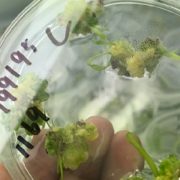
To Catch Crop Genes in Batch
Research, The Plant Cell, The Plant Cell: In a NutshellLiu et al. demonstrate an integration of massive genetic mapping and high-throughput targeted mutagenesis to accelerate functional gene identification in maize. The Plant Cell (2020) https://doi.org/10.1105/tpc.19.00934
By Hai-Jun Liu & Jianbing Yan, National Key Laboratory of Crop Genetic Improvement,…
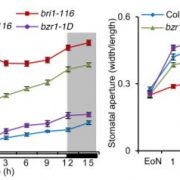
Say “Ah!” The Right Amounts of Brassinosteroids and Hydrogen Peroxide Open the “Mouths” of Plant Leaves
Research, The Plant Cell, The Plant Cell: In BriefStomata, from the Greek “mouths,” are tiny pores in the epidermis of many plant aerial tissues that are “fed” carbon dioxide for making sugar. But plants also lose water through these same pores via transpiration. Stomatal aperture regulation in response to environmental cues is therefore of…
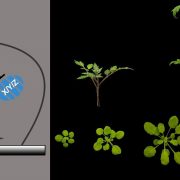
HY5 Activates Rather Than Represses its Direct Targets, Including its Negative Regulator SPA1
Research, The Plant Cell, The Plant Cell: In a NutshellBurko et al. carry out detailed phenotypic and molecular analyses of constitutive activator and repressor HY5 fusion proteins to identify its direct targets. Plant Cell https://doi.org/10.1105/tpc.19.00772
Background: Plants are highly responsive to environmental factors, and differences in light,…
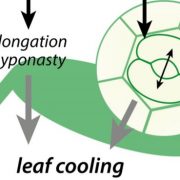
Keep cool and open up: temperature-induced stomatal opening
Plant Physiology, Plant Physiology: News and Views, ResearchWhen air temperatures rise above the comfortable level, plants initiate a cooling mechanism to prevent heat stress. High ambient temperatures induce a specific set of growth responses, termed thermomorphogenesis, which includes enhanced hypocotyl and petiole elongation, and leaf hyponasty (reviewed by…

Round Effects: Tasg-D1 is Responsible for Grain Shape in Indian Dwarf Wheat
Research, The Plant Cell, The Plant Cell: In BriefWheat (Triticum spp.), one of the oldest cultivated cereals, is a major food crop grown in many regions with temperate climates. At present, wheat is grown over a wider area than any other commercial crop. Given its importance, extensive marker-assisted breeding of wheat varieties has been undertaken…
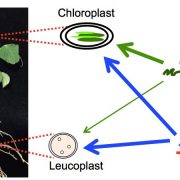
Protein Delivery Address Codes Are Part of the Circuitry Adjusting Tissue-Specific Plastid Proteomes
Research, The Plant Cell, The Plant Cell: In a NutshellChu et al. demonstrate that a special address code is required for efficient protein import into root plastids. Plant Cell https://doi.org/10.1105/tpc.19.00702
By Hsou-min Li, Institute of Molecular Biology, Academia Sinica, Nankang, Taipei 11529, Taiwan
Background: Chloroplasts are the most famous…
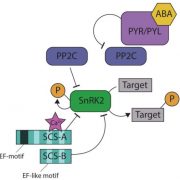
A Tale of Two Isoforms: Calcium-dependent Inhibition of SnRK2 by SnRK-Calcium-binding Sensor
Plant Physiology, Plant Physiology: News and Views, ResearchMagdalena Julkowska
[email protected]
Reacting to the environment requires not only activating signaling cascades but also modulating the activity of individual components in a context- and time-dependent manner. For example, under non-stress conditions protein phosphatases 2C…
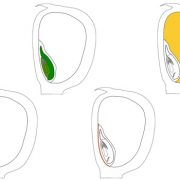
Family dynamics within the seed: Identification of new cell types in maize endosperm
Research, The Plant Cell, The Plant Cell: In a NutshellDoll et al. examine the structure of maize seeds and identify a distinct cell type in the endosperm next to the embryo. https://doi.org/10.1105/tpc.19.00756
Nicolas M. Doll, Peter M. Rogowsky and Thomas Widiez
Laboratoire Reproduction et Développement des Plantes, Univ Lyon, ENS de Lyon, UCB…

Conversation with Peter G K Clark, Senior Policy Analyst
Profiles of Plant ScientistsInformational Interview by Nikolaos Ntelkis, ASPB Conviron Scholar
For this assignment, I had the opportunity to talk with Peter Clark, Senior Policy Analyst at Callaghan Innovation, which is New Zealand’s governmental innovation agency. After completing a BSc and MSc in New Zealand, Peter earned…

